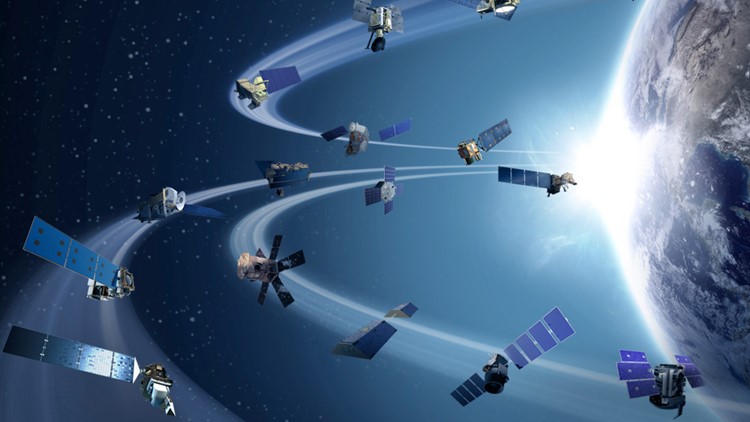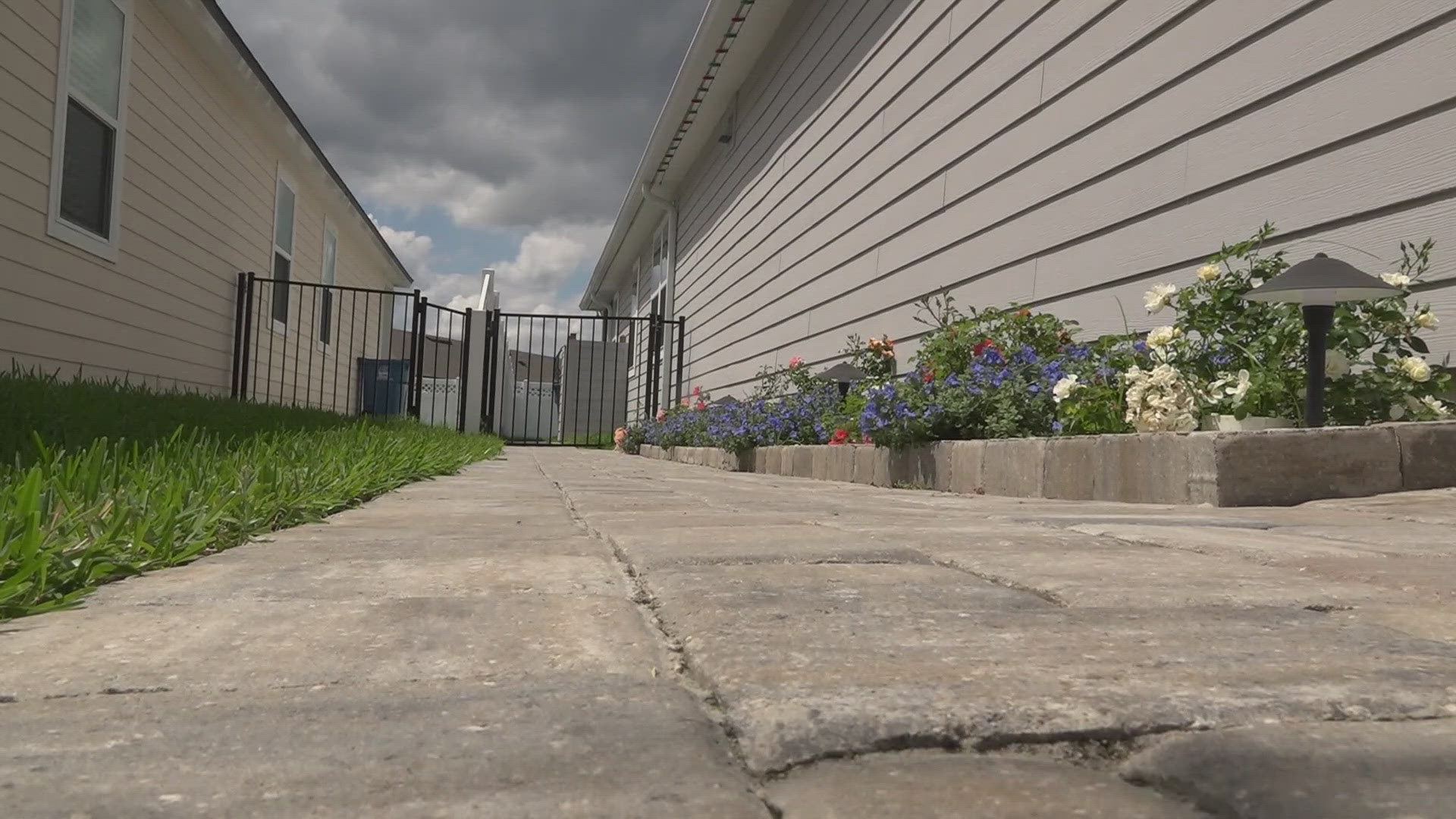ST. PETERSBURG, Fla. — Traffic isn't something we only have to worry about back here on Earth; it causes issues in space, too.
And with, well, space in space becoming more of a commodity, there are bound to be some close calls as low-Earth orbit fills up with spacecraft, satellites, debris and more.
For example, SpaceX is launching yet another batch of its constellation of networked satellites that look to "provide internet services to those who are not yet connected and to provide reliable and affordable internet across the globe."
Newsweek reports, there are currently a total of 1,261 Starlink satellites orbiting the planet we call home.
That's why NASA and SpaceX put pen to paper to sign a joint agreement regarding space safety this March.
According to NASA, the agreement allows for a deeper level of coordination, cooperation and data sharing between the two parties. The agreement's main focus is on conjunction avoidance and launch collision avoidance between NASA's spacecrafts and the ever-growing constellation of Starlink satellites.
“Society depends on space-based capabilities for global communications, navigation, weather forecasting, and much more,” acting NASA Administrator Steve Jurczyk said. “With commercial companies launching more and more satellites, it’s critical we increase communications, exchange data, and establish best practices to ensure we all maintain a safe space environment.”
But where it gets interesting, is that the agreement determines that NASA will, in theory, not maneuver to avoid collisions with SpaceX satellites. Instead, the agreement maps out that both agencies will rely on the programmed technology of Starlink to avoid collisions on its own.
"SpaceX has agreed its Starlink satellites will autonomously or manually maneuver to ensure the missions of NASA science satellites and other assets can operate uninterrupted from a collision avoidance perspective," the space agency wrote.
SpaceX carries the responsibility of notifying NASA should it need to maneuver one of its spacecraft. Why? The space agency says to ensure that both parties do not inadvertently maneuver into each other.
According to a press release, the data recorded by the satellite's enhanced system can also help pinpoint debris, otherwise known as, "space junk."
Millions of pieces of debris are tracked as they orbit Earth, according to NASA's last reported calculation. The objects can travel at speed of up to 17,500 mph which can damage both satellites and spacecraft.
"The rising population of space debris increases the potential danger to all space vehicles, but especially to the International Space Station, space shuttles and other spacecraft with humans aboard," NASA wrote.
It's an issue that reared its head in 2015 when International Space Station flight controllers conducted a "pre-determined avoidance maneuver" to steer clear of a fragment of a spent Minotaur rocket.
In 2020, then NASA Administrator, Jim Bridenstine called out the issue of space debris, saying things were only getting worse.
"The @Space_Station has maneuvered 3 times in 2020 to avoid debris. In the last 2 weeks, there have been 3 high concern potential conjunctions," he tweeted.
As you can imagine, there is no cleaning crew that can remove the growing number of debris occupying the space just above the Earth's atmosphere on a daily basis.
So, where do things go from here? The European Space Agency recommends several actions from preventing in-orbit explosions and collisions to visiting "high object density" areas to remove up to 10 objects per year.
If not, "a consequence of the rising object count, the probability of catastrophic collisions will also grow," it wrote.
- At least 10 killed, including officer, in Colorado grocery store shooting
- Vaccine site at Tampa Greyhound Track will keep offering first doses, for now
- 'Didn't surprise me he was the first one there': What we know about fallen Boulder Officer Eric Talley
- US: AstraZeneca may have used outdated info in vaccine trial
- 'I'm pissed': Sheriff Judd says 3 deputies resign, face felony charges related to evidence tampering
- You can now track the status of your third stimulus check
►Breaking news and weather alerts: Get the free 10 Tampa Bay app
►Stay In the Know! Sign up now for the Brightside Blend Newsletter



